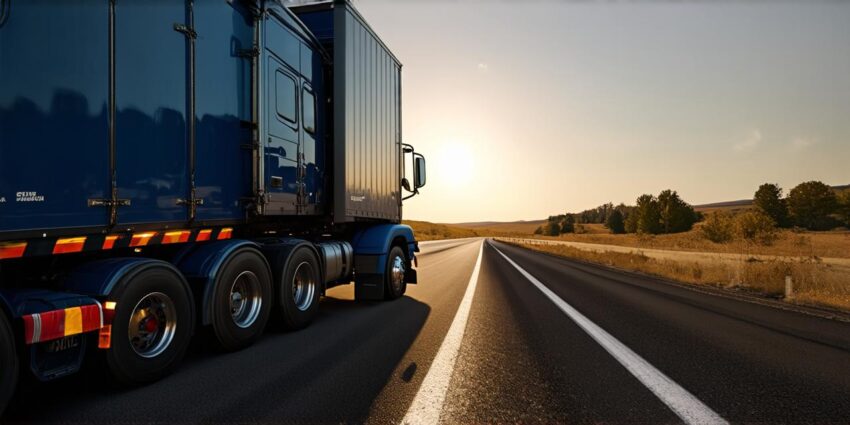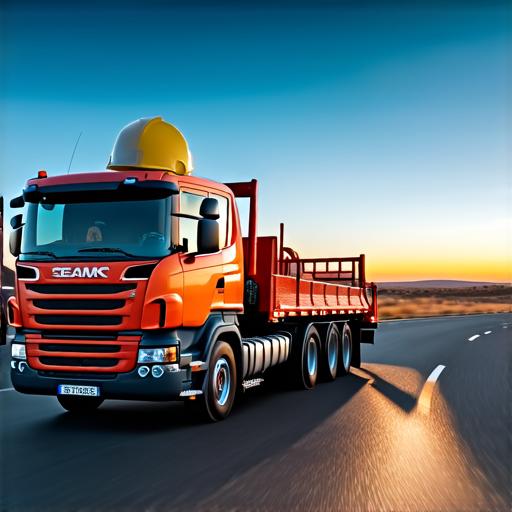Introduction:
The trucking industry is a vital part of our economy, and team dedicated truck driving is becoming an increasingly popular option for many individuals seeking to enter the field. In this article, we will explore the opportunities and benefits of pursuing a career in team dedicated truck driving, as well as the challenges that may arise and how to overcome them.
Benefits of Team Dedicated Truck Driving:
-
Higher Earning Potential:
-
Improved Work-Life Balance:
-
Increased Job Security:
1. Team dedicated truck drivers typically earn more than solo drivers due to the increased demand for their services. With the ability to work longer hours and deliver goods to multiple locations, team drivers can expect to earn a higher salary than solo drivers.
2. Team dedicated truck driving can provide a better work-life balance for drivers who may have families or other commitments outside of work. With the ability to work in teams and deliver goods to multiple locations, team drivers can complete their routes faster and spend more time at home. Additionally, team drivers often have access to better facilities, such as showers and rest areas, which can make their lives easier.
3. The demand for team dedicated truck drivers is on the rise, with many companies recognizing the benefits of using teams to deliver goods efficiently and cost-effectively. This increased demand means that team drivers are more likely to have job security and be less affected by economic downturns than solo drivers.
Challenges of Team Dedicated Truck Driving:
-
Longer Work Hours:
-
Increased Responsibility:
-
Higher Physical Demand:
1. Team dedicated truck driving can involve working longer hours, as drivers may need to complete multiple deliveries in a shorter amount of time. This can be challenging for some individuals who are used to working standard 8-hour shifts or who have other commitments outside of work.
2. As team dedicated truck drivers, individuals must take on increased responsibility and work collaboratively with their partner to ensure that deliveries are made on time and goods are delivered safely. This can be challenging for some individuals who are used to working independently or who may not have experience working in a team environment.
3. Team dedicated truck driving can involve more physical activity, as drivers must load and unload cargo, climb into and out of trucks, and navigate through crowded streets. This can be challenging for individuals who may not be physically fit or who have health conditions that could make this type of work difficult.
Case Studies:
1. John and Sarah:
John and Sarah are a team dedicated truck driving duo who have been working together for the past year. They were both solo drivers before they decided to try team dedicated truck driving, and they have found that it has greatly improved their work-life balance and increased their earning potential. However, they also recognize that it can be challenging to work longer hours and take on increased responsibility when working as a team.
2. Maria:
Maria is a solo driver who has been in the trucking industry for over 10 years. She recently decided to try team dedicated truck driving and was initially skeptical about the benefits. However, after just a few months of working with her partner, she has found that it has greatly improved her work-life balance and provided a more stable income than her previous solo driving job.
FAQs:
1. What is the difference between team dedicated truck driving and solo truck driving?
Team dedicated truck driving involves working in pairs or teams to deliver goods, while solo truck driving involves working independently. Team dedicated truck driving can provide a better work-life balance, increased earning potential, and improved job security, but it also involves longer hours, increased responsibility, and higher physical demand.
2. Do I need to have experience working in a team environment to be a team dedicated truck driver?
No, you do not need to have experience working in a team environment to be a team dedicated truck driver. However, individuals who are used to working independently may find it challenging to adapt to the collaborative nature of this type of work.

